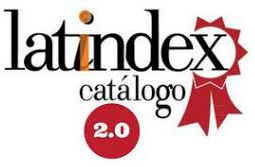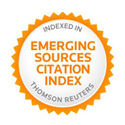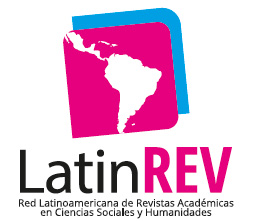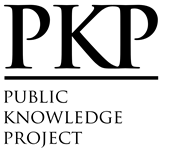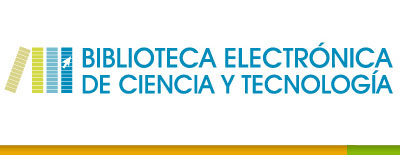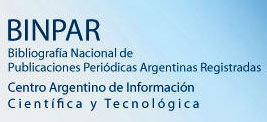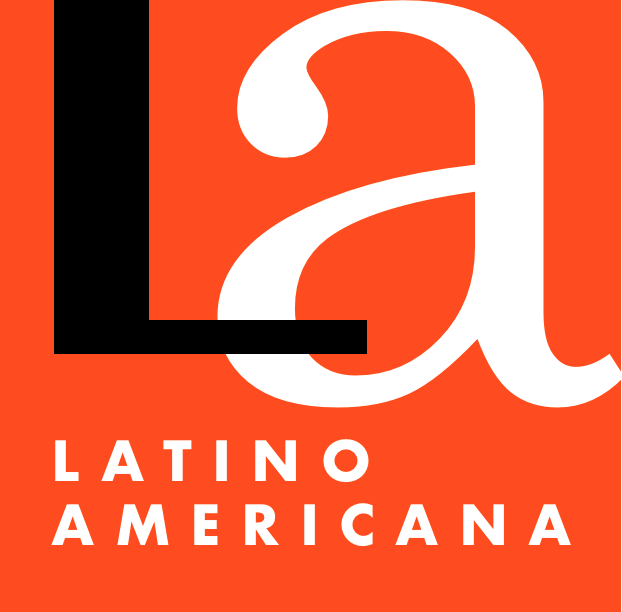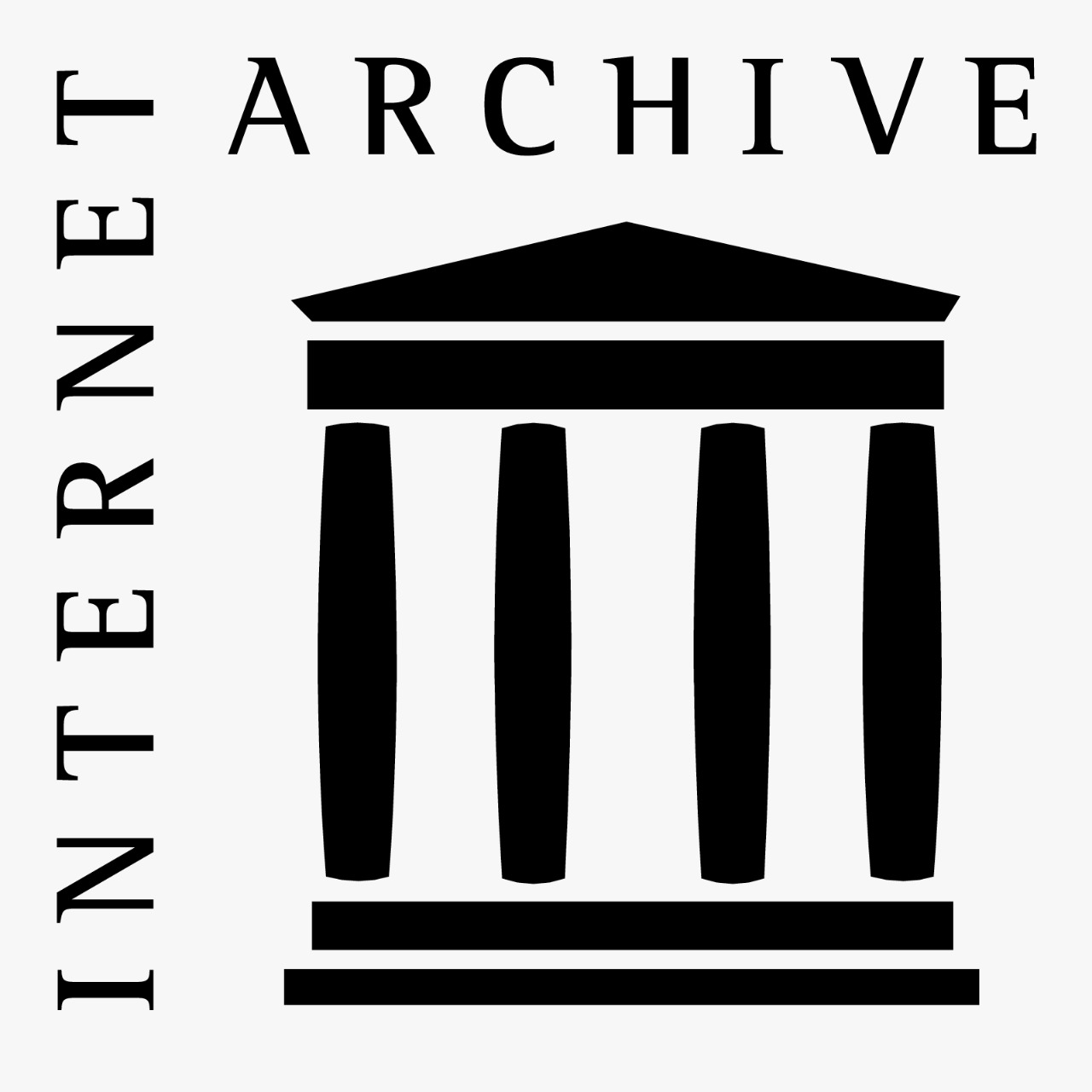Impact and local relevance
Criterias for newsworthiness and prioritized sources of information in crime news reporting in two free-to-air television channels in Cordoba
Abstract
Communication media are key players in shaping how we relate to the topic of crime. Among them, television stands center stage, being the main producer and distributor of news on this theme. Our article adopts a qualitative approach, reviewing previous work on the subject as well as interviews carried out at two of the three free-to-air channels available in the province of Cordoba (Channel 10, from the Universidad Nacional de Córdoba, and Channel 12, owned by Grupo Clarín). In doing so, it analyzes crime and public security contents and the modes of production behind them. Specifically, this article focuses on the criteria employed by journalists when identifying the newsworthiness of criminal incidents and the sources they prioritize in their reporting. To this end, it adopts a comparative view of both free-to-air channels, in which local events guide everyday coverage, something that distinguishes these Cordoba-based channels from other provincial channels headquartered in Buenos Aires. Our review shows similarities and differences in the treatment of crime stories in the surveyed Cordoba-based channels, which also have dissimilar ownership structures.
Downloads
References
Altheide, D. (1984). Creating Reality: How TV News distorts Events. Beverly Hills: Sage.
Aruguete, N., y Amadeo, B. (2012). Encuadrando el delito: pánico moral en los periódicos argentinos. América Latina Hoy, 62, 177-196.
Aruguete, N., Koziner, N., Raimondo, N. y Zunino, E. (2018). Matriz para el estudio de noticias televisivas sobre delito, violencia e inseguridad: una articulación teórico-metodológica. Revista Austral Comunicación, 7(2), 229-250.
Ayos, E. y Fiuza, P. (2018). (Re)definiendo la cuestión securitaria: tensiones y aperturas en las problematizaciones en torno a una “seguridad democrática” en el período 2000-2015. Delito y Sociedad, (45), 57-86.
Becerra, M. (2015). De la concentración a la convergencia. Políticas de medios en Argentina y América Latina. Buenos Aires: Paidós.
Becerra, M. y Mastrini, G. (Eds). (2017). Medios en guerra. Balance, crítica y desguace de las políticas de comunicación 2003-2016. Buenos Aires: Biblos.
Berkowitz, D. (2009). Reporters and their sources. En Wahl-Jorgensen, K. y Hanitzsch, T. (Eds), The Handbook of Journalism Studies (pp. 102-115). Nueva York: Routledge.
Bucci, E, Chiaretti, M y Fiorini, A. M. (2012). Indicadores de calidad de las emisoras públicas: evaluación contemporánea. Serie Debates CI: comunicación e información, 10, Brasilia: UNESCO. Obtenido de http://unesdoc.unesco.org/images/0021/002166/216616por.pdf
Calzado, M., Lio, V. y Gómez, Y. (2019). Noticias policiales y nuevos modos de narrar la “inseguridad” en la televisión argentina de aire. Ámbitos. Revista internacional de comunicación, (44), 217-243.
De Charras, D. (Comp.). (2016). Implementación del sistema de indicadores de calidad de emisoras públicas para la evaluación de la Televisión Pública Argentina. Buenos Aires: Facultad de Ciencias Sociales, Universidad de Buenos Aires. Obtenido de http://comunicacion.sociales.uba.ar/wp-content/uploads/sites/16/2015/12/Informe-calidad-tv-p%C3%BAblica.pdf
Defensoría del Público de Servicios de Comunicación Audiovisual. (2016). Monitoreo de noticieros de la TV de aire de Córdoba. Informe Anual de 2015. Obtenido de http://defensadelpublico.gob.ar/wp-content/uploads/2017/04/Informe-Anual-C%C3%B3rdoba-2015.pdf
Entman, R. (1993). Framing: Toward a clarification of a fractured paradigm. Journal of Communication, 43(3), 51-58.
Epstein, E. (2000). News from Nowhere: Television and the News. Chicago: I. R. Dee.
Fishman, M. (1988). Manufacturing the News. Austin: University of Texas Press.
Focas, B. y Kessler, G. (2015). Inseguridad y opinión pública: debates y líneas de investigación sobre el impacto de los medios. Revista Mexicana de Opinión Pública, (19), 41-59.
Foucault, M. (1999). Vigilar y Castigar. México: Siglo XXI.
Gans, H. (2004). Deciding What’s News. Chicago: Northwestern University Press.
Golding, P. y Elliott, P. (1979). Making the News. Londres: Longman.
Hallin, D. C. y Mancini, P. (2007). Sistemas mediáticos comparados. Tres modelos de relación entre los medios de comunicación y la política. Barcelona: Hacer.
Kessler, G. (2009). El sentimiento de inseguridad. Sociología del temor al delito. Buenos Aires: Siglo XXI.
Kessler, G. y Focas, B. (2014). ¿Responsables del temor? Medios y sentimiento de inseguridad en América Latina. Nueva Sociedad, (249), 137-148.
Landi, O. (1993). Devórame otra vez. Qué hizo la televisión con la gente, qué hace la gente con la televisión. Buenos Aires: Planeta.
Lemieux, C. (2000). Mauvaise presse. París: Métailié.
Lorenc Valcarce, F. (2005). El trabajo periodístico y los modos de producción de la noticia: El tratamiento de la inseguridad en la prensa argentina. En Revista Question, 1(7). Obtenido de https://perio.unlp.edu.ar/ojs/index.php/question/article/view/108
Martín Barbero, J. (2002). La educación desde la comunicación. Bogotá: Norma.
Mata, M. C., Morales, S. y Martinez Luque, S. (2016). Monitoreo de noticieros de la televisión de aire de la ciudad de Córdoba. Informe Anual 2014. Centro de Estudios Avanzados, Universidad Nacional de Córdoba. Obtenido de https://rdu.unc.edu.ar/bitstream/handle/11086/4369/Documento%2010%20corregido.pdf?sequence=1&isAllowed=y
Pelitti, P., Mársico, V. y Casazza Herrera, M. (2011). Los noticieros en la televisión actual. Question, 1(20). Obtenido de https://perio.unlp.edu.ar/ojs/index.php/question/article/view/694
Rodrigo Alsina, M. (1993). La construcción de la noticia. Barcelona: Paidós.
Schlesinger, P. (1987). Putting “reality” together: BBC News. Londres: Methuen.
Scolari, C. (2008). This is the end. Las interminables discusiones sobre el fin de la televisión. La trama de la comunicación, (13), 13-25. Obtenido de https://latrama.fcpolit.unr.edu.ar/index.php/trama/article/view/69
Sigal, L. (1973). Reporters and officials. Lexington: D.C. Heath.
Silverstone, R. (2004). ¿Por qué estudiar los medios? Buenos Aires: Amorrortu.
Sistema de Información Cultural de la Argentina (SINCA). (2017). Encuesta Nacional de Consumos Culturales. Buenos Aires: Ministerio de Cultura de la Nación. Obtenido de https://www.sinca.gob.ar/VerDocumento.aspx?IdCategoria=10
Shoemaker, P. y Reese, S. (2013). Mediating the message. Nueva York: Routledge
Tuchman, G. (1983). La producción de la noticia. Barcelona: Gustavo Gili.
Tunstall, J. (1978). Journalists at Work. Beverly Hills: SAGE.
Zanotti, J. M. (2018). Medios públicos locales en reconversión. Experiencias de gestión y políticas de contenidos en los Servicios de Radio y Televisión de la Universidad Nacional de Córdoba (2007-2016). (Tesis de maestría). Universidad Nacional de Córdoba.
The authors retain the copyright and guarantee the journal the right to be the first publication of the work. In case that a translation of the article already published in Austral Comunicación can be published in another journal, it is requested to record the original publication in the translated version.
The license used is CC BY-NC-SA, which allows sharing (copying and redistributing the material in any medium and format) and adapting (remixing, transforming and building on the material) under the following terms: attribution (acknowledge authorship) and non-commercial (the material cannot be used for commercial purposes). Update: February 1, 2022.
Austral Comunicación allows the author (s) to retain the publication rights without restrictions.








